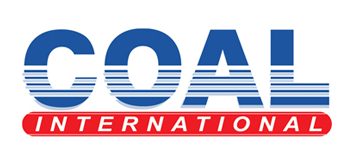Canada-headquartered Barrick Gold expects to complete the feasibility study for the expansion of its Lumwana mine, in Zambia, by the end of the year, paving the way for construction to start in 2025.
In a webinar to update the market on the Lumwana super pit expansion project, Barrick president and CE Mark Bristow said the expansion unlocked the potential to transform the Lumwana mine into a long-life, high-yielding, `top 25 copper producer and a tier-one copper mine, capable of contending with the volatility of the copper demand cycles.
The expansion involves first doubling throughput by twinning the existing process circuit and then significantly increasing mining volumes.
Plant throughput will grow from the current 27-million tonnes to 52-million tonnes, doubling the mine’s copper production from 120 000 t/y to a life-of-mine )LoM) average of 240 000 t/y.
The process expansion is supported by a ramp-up of total mining volumes, which are planned to increase incrementally year-on-year, from 150-million tonnes this year to about 240-million tonnes in 2028, and then to an average rate of 290-million tonnes a year from 2030 onwards.
“The phased ramp-up will enable a competitive cost profile over the LoM and annual operating cash flow and free cash flow are projected to improve by as much as 85% and 60%, respectively, based on the long-term copper price consensus.
“These production and cost improvements will contribute to an estimated incremental net present value (NPV) of $1.7-billion,” Barrick Africa and Middle East COO Sebastiaan Bock said.
At a flat long-term average copper price consensus of $4.13/lb, Barrick estimates the project will deliver an incremental internal rate of return (IRR) of 20% and a total mine IRR of more than 50%, paying back the initial expansion capital in about two years after completion of the expansion.
Post-expansion, cost of sales and C1 cash costs were estimated at about $2.36/lb and $1.85/lb, respectively, placing Lumwana in the first quartile of the industry, excluding the benefit of any by-products, the company pointed out.
According to Barrick Mineral Resource Management and Evaluation executive Simon Bottoms, the process plant engineering had matured to a point that had allowed Barrick to select major equipment vendors and place orders for long-lead equipment, including mills and crushers.
“We are starting detailed engineering works this quarter and expanding our on-site accommodation, while building partnerships with key suppliers and contractors ahead of the pre-construction ground preparation works, which are scheduled to start next year,” he explained.
Commissioning of the new process plant is planned to start in the second half of 2027.
Once the new process circuit is commissioned, the existing circuit will undergo a series of planned shutdowns, allowing Barrick to install upgrades, while ensuring uninterrupted copper delivery throughout the expansion.
The permitting process for the expansion is under way, with the environmental– and social-impact assessment already submitted to the Zambian authorities and approval expected by the end of this year.


